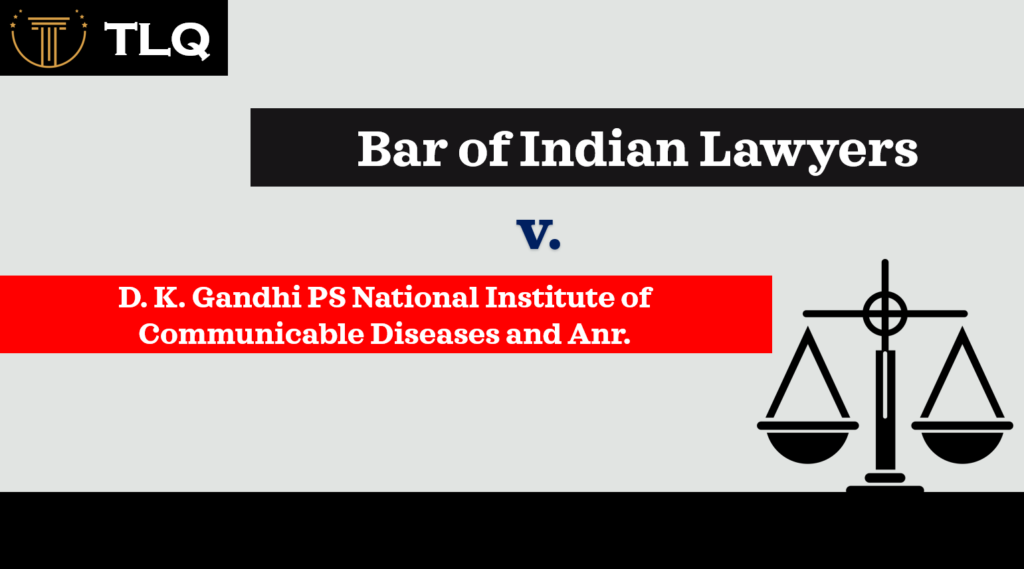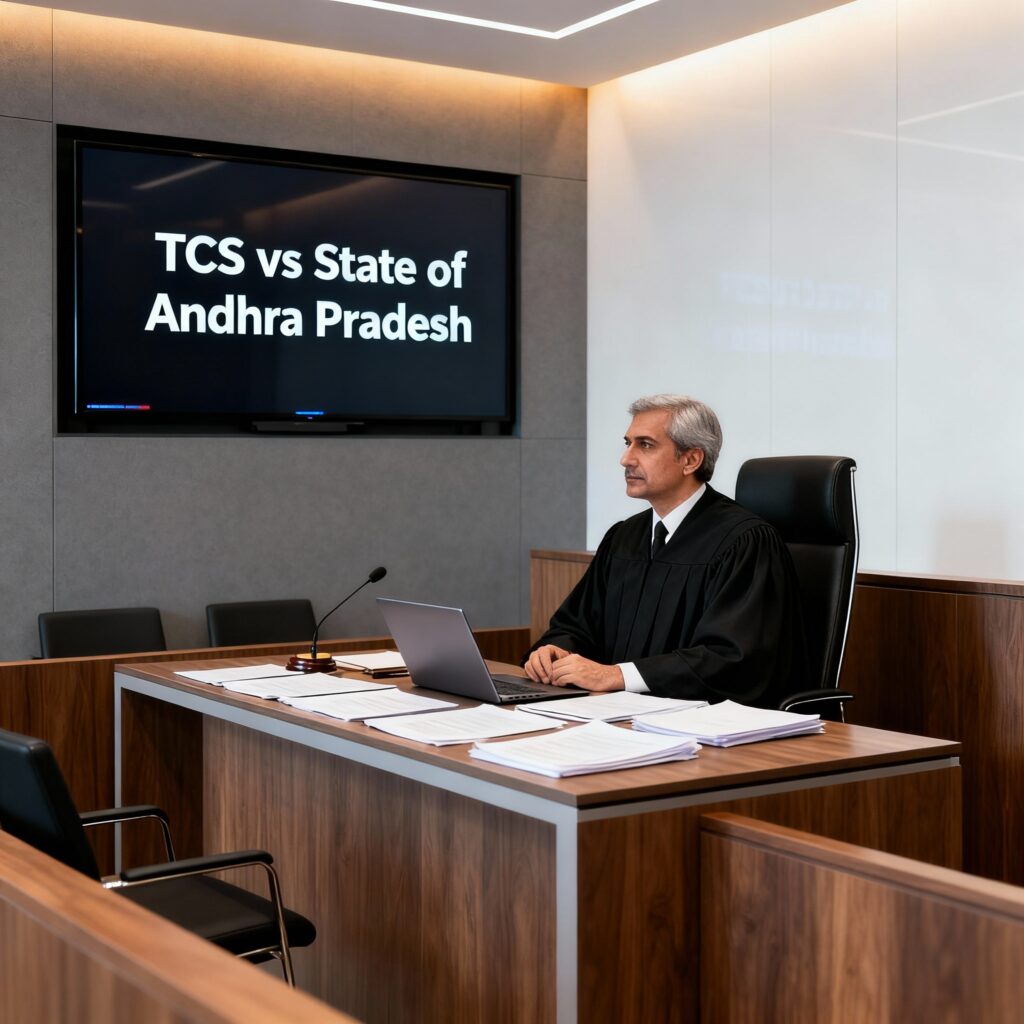Published On: November 2nd 2025
Authored By: GARIMA AGGARWAL
INSTITUTE: ASIAN LAW COLLEGE, NOIDA
ABSTRACT
We all are the living beings or the organism we breath, die and survive. How? Every individual require somethings on which basis they live. i.e. Fish require water; lion require beef like that human’s require oxygen even it’s essential for everyone. A consistent supply of oxygen within a suitable pressure range is essential called the process of inhaling. However which also require natural elements on which basis human’s oxide. whereas the pure atmosphere is necessary. Air, plants, water, soil, and cultural feature and this all are concluded as an environment. The environment also include the complex relationship and system that exist between these physical, chemical, biological, and cultural components for the forming of complex ecosystem. Environment it not just a keyword it signify the entire condition of nation. That how and the way we live which ensures the freely and healthy surrounding atmosphere. The interaction of human’s and the nature is thoroughly interconnected with each other an compass. Humans and the environment exist in a relationship of give and take. If we protect the environment it sustains us.
PROLOGUE
Today the world community is combating various common problems whereas one of the most evaded concern is environment issue’s . The environment is constitute the bed rock of life on earth. Environment concern are extremely important and should be taken seriously. Human activities have had significantly impact on the environment which leading to issues such as climate changes, deforestation, pollution, loss of biodiversity, and to other natural resources. However every citizen have the right to healthy environment. Environmental rights also serve as a valuable mechanism for monitoring and enforcing compliance with environmental laws and to protect form this human’s harmful activities which harm they’re to itself. Thereto industries, companies use hazardous chemical, gases such as one of the known cases is Bhopal Gas Tragedy after that the “Environment (Protection) Act, 1986 commence.
Review and Analysis: The Environmental laws and its jurisprudence
That the growing concerns about the environmental degradation, biodiversity loss and pollution. Over the past view decades the India faced a lot of issues which has to be called as on case of “MC Mehta v. Union of India” and again in “Union carbide corporation v. Union of India” this cases was in advance loss of environmental. However after these cases the Environment (Protection) Act, 1986 commence despite, that it was examine the India faces several challenges of environmental losses and the causes are pollution, deforestation, overpopulation, overconsumption, industrialization, and urbanization. Whereas, We can say? It’s the jurisprudence behind it. Everyone is concern about the causes and the solutions but how can it will dissolve it is real jurisprudence behind it. The philosophical framework that studies the relationship between law and the human actions, and the natural environment. There are the many act for the protection of environmental laws i.e. Water Pollution Act, (1974) Air Pollution Act, (1981) Wildlife Protection Act, (1972) India Forest Act, (1927). A core aspects involves exploring environmental rights, including the question of whether natural entities like forest, river similar to humans rights. The jurisprudence is the key of creation and implementation of laws policies, institutions, and practices for environmental protection, effectively. In many jurisdictions, Courts have played a crucial role in developing environmental jurisprudence by interpreting existing laws and the issuing orders to addresses the ecological damage to balance. A key concern is the effectiveness enforcements of these legal framework and ensures environmental justice for individual and the public at large.
THE SCOPE OF ARTICLE 21 IN ASPECTS OF ENVIRONMENTAL LAW’S
If rights can be connected to the environment there are the certain rights from which no one can refrain other. The scope encompasses the right to clean air and water, protection of ecological balance, and a life of human dignity free from environment hazards. There are the landmark case MC Mehta v. Union of India which is namely as ganga pollution case as well where the Supreme court established the ‘absolute liability’. This principle holds the industry engaged in hazardous or inherently dangerous activities causes harm, it is absolutely and unconditionally liable to compensate those affected. This case was instrumental in the development of environment law in India, and it has had a lasting impact on how hazardous industries regulated. It showed the importance of article 21, the right to life, in environmental cases. The right to life under Article 21 is interpreted as the right to live in a clean environment free from the dangers of disease and infection. A healthy environment is a prerequisite for living with human dignity, making it an inherent attribute of the right to life. In the case of Animal Welfare Board v. Nagaraja it was held that right to healthy environment is not only for humans it ensure that animals are equally adhere that on same. Animal Welfare Board of India brought the cruelty and inhuman behavior which is faced by the animals which are used in festivals. Article 51A (g) of the constitution also gives the principle of compassion towards living beings and animals.
ENVIRONMENT AND SUSTAINABLE DEVELOPMENT
Environment and sustainable development is an multidisciplinary journal covering all aspects of the environment impacts of socio-economic development. Whereas the sustainable development is an approach to growth and human development that aims to meet the needs of the present . It aims to balance the needs of the society where living conditions and resources meets the human needs without undermining planetary integrity. That between the environmental needs and sustainable development it has to ensuring the fairness of current and future generation by not depleting resources or damaging the environment in a way that harms the future. It has to be balance the needs of present and the future for the vast economy using the natural resources wisely and sustainably, not consuming them faster than they can be replenished or replaced. i.e. Practices such as recycling, using energy-efficient technologies, and investing in renewable energy are practical example of sustainable development in action.
ROLE OF INDIAN JUDICIARY IN ENVIRONMENTAL LAWS
The Indian judiciary has profoundly shaped environmental jurisprudence through the activism and public interest Litigation (PIL), interpreting the right of healthy environment as a fundamental right and to preserve the ecological balance. PIL ensures that existing environmental laws are effectively implemented and enforced by the government bodies and corporation and if in the case it require to be the time of forming an new laws for the save and the healthy environment. Whereas, Indian courts have adopted and applied international environmental law principle. That the establishment of NGT Act, 2010 also a bedrock to the protection of environmental laws. The National Green Tribunals in India plays a crucial role in environmental laws by serving as a specialized, quasi-judicial body it shows the milestone role of Indian judiciary in aspect of environment.
CONCLUSION
Overall, the conduct of humans and the environment is interconnected the change in climate are in the hand of humans the more we created the pollution the more harm we cause to the environment. Additionally the more we seed and grow the trees make the environment healthy and it is the result of sustainability. It’s not only in the hand of government or the judicial system to make it save it’s the responsibility of togetherness. Further the right to environment if often associated with human rights, mostly right to live. Right to life is guaranteed as a fundamental right under article 21. In order to live a healthy life it is of utmost importance that our environment and surroundings be pollution free and clean. A deeper understanding of the legal mechanism essential for preserving our planet’s ecological balance, and ensuring the harmonious coexistence between human activities and the natural environment.
REFERENCES
- https://ijfmr.com/papers/2024/5/29814.
- International journal of environment science ISSN. 229-739 vol.11 No.23, 2025 https:/www.theaspd.com/ijes.php.
- Manuptra.com/roundup/318/Articles/The% Scope%20and%20limits.
- Nliulareview.nliu.ac.in/wp-content/uploads/2022/01/volume/v/Issue-11- 155-167.
- Hlmgroup.org/blogs/judicial-activism-and-environment-protection-in-india a-progressive-approach.
- Mc Mehta v. Union of India AIR 1988 SC 1037
- Animal Welfare Board of India v. A. Nagaraja (2014) 7 SCC 547




